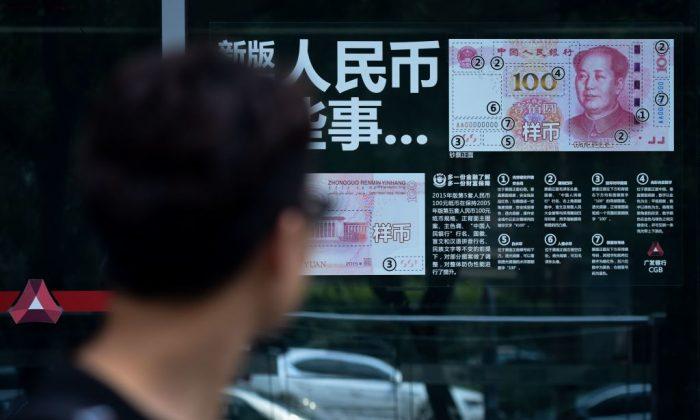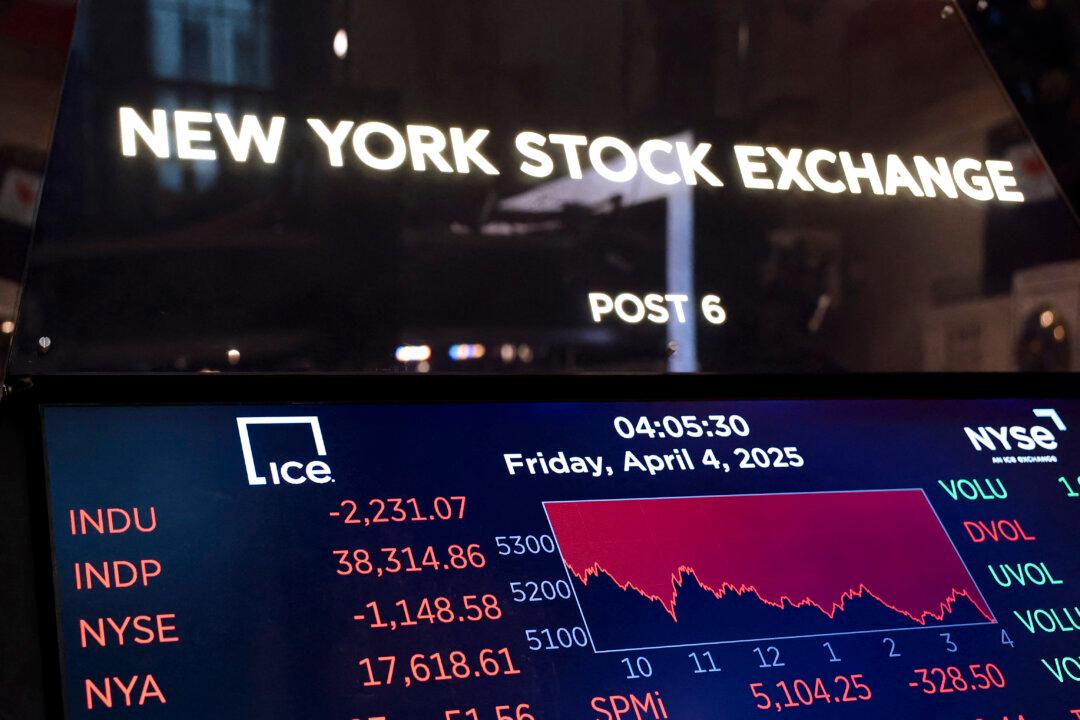I find it amusing to read some analysts stating that the Chinese government’s stealth yuan devaluation has offset the impact of tariffs.
A 10-percent tariff hurts a small part of the economy. However, a 10-percent devaluation hurts all Chinese citizens, equally and massively.
The yuan devaluation isn’t a tool for exports. Devaluations are a form of price control and a disguised reduction of salaries. As such, they hurt more than what they aim to protect.
However, with rising household and corporate debt, the yuan devaluation is a shot in the foot of the economy, as purchasing power is being diminished and loan-repayment capacity is falling. It is wrong to believe that a devaluation doesn’t pose a problem for debt incurred in yuan. Margins are falling because the yuan is devalued, but costs aren’t falling in tandem.
Debt Blow
Household disposable income is also falling as inflation appears underestimated by official statistics. Most independent analyses see real inflation at almost 2 percentage points higher than official data shows. Living costs have risen much faster than the headline inflation suggests, and the recent devaluation adds to this problem, which makes debt-repayment capacity suffer with a weaker currency.There are numerous reasons why we should worry about China’s decision to end its control of credit growth. The government has been encouraging riskier lending by cutting deposit reserve rates and pumping liquidity into the system.
The housing bubble is clearly a threat, and credit growth is losing steam.
China money-supply growth exceeds U.S. money-supply growth, while a significant part of fixed investment and credit goes to low productivity sectors or generates returns below the cost of capital.
Another strange idea of outside observers that the yuan is “gold-backed” disappears quickly when we look at the total gold reserves compared to money supply. Gold reserves are less than 0.25 percent of China’s money supply.
Unfortunately, China’s stealth devaluation isn’t making the country more competitive. It is making household and corporate debt riskier as the purchasing power of the yuan is diminished. But authorities seem to deem it necessary to prevent the debt house of cards from collapsing.
Meanwhile, foreign-exchange reserves remain almost 20 percent below the peak level and the People’s Bank of China has abandoned its objective of fighting against too much debt.
In short, the yuan devaluation isn’t solving the economy’s problems. By maintaining misguided capital controls and avoiding necessary structural reforms, the devaluation is accelerating the problems of the Chinese economy, while hurting savers, workers, and pensioners in the country.





